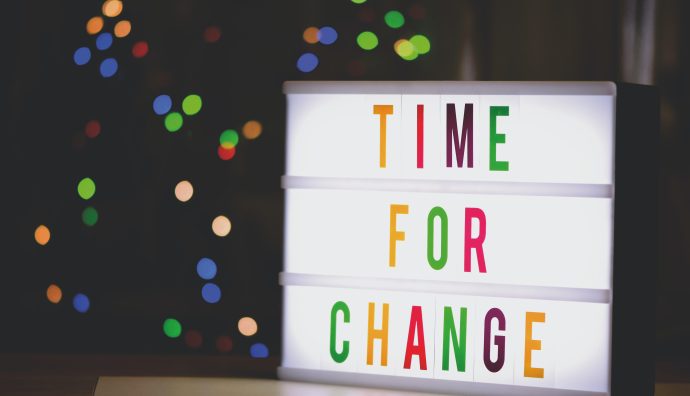Understanding does not mean approving. Feeling pain does not mean suffering.
Yesterday night at the Dojo, the Sensei started from such distinctions to develop an training based on total acceptance during the two phases, receptive and active, of the practice.
From a purely physical point of view, we can define acceptance as that condition of relaxation that allows both parties to have greater fluidity, effectiveness and sustainability of the technique.
A non-relaxed psychophysical condition leads to slower and less precise attacks. It involves limited and contracted absorption and therefore not entirely painless. Finally, it generates a reaction, even if involuntary, which adds stiffness and strength in excessive proportion to the real situation.
The result is often greater pain due to stiff joints, inflammation of the tendons and joints, heavy impacts and an increase in the probability of injury.
Quoting Koichi Tohei, “the mind moves the body”. One of the effects of practicing a discipline is to deploy a kind of “reverse engineering” of our system.
Being able to disassemble the elements we are made of to see how we are made “inside”, thanks to something that takes place “outside”, on a physical level.
This process, from the point of view of a kind of martial technical geometry, apparently adds nothing. You can choose to practice a series of techniques throughout your life and perform them formally flawlessly. Aesthetically flawless. Beautiful statues dressed with gi.
It is clear that that relaxation that leads to compliance, a concept so loved by the martial world, can highlight objective physical limits. This in itself would already be a great result, because it allows us to deal with our body and its needs.
Yet if it is true that it is the mind that moves the body, it is useful to be able to equip one’s system with a method to touch those situations in which unnecessary rigidity pops up.
Rigidity, tensions, difficulties become alerts that ring under a certain physical stress. We experience the existence of such events – and the possibility of expanding the relaxation ability, once they are known.
This is where the work begins, however. Because it is the removal of the mental block that allows you to permanently remove a physical block that does not depend on an impairment.
From this point of view, a keiko can often become a neuro linguistic programming laboratory in motion. A workshop in which, with models borrowed from transactional analysis, we get to know the components of our ego, disassemble the tiles that make up our beliefs’ mosaic, highlight and challenge our values.
You don’t test a car right away on the street. You can test it on the circuit. The same happens at the Dojo, which should be that place safe and clean enough to bring out those parts of us and our relationships that aren’t as “ok” as we think or say.
A bit like when you answer “Everything is fine” to someone who asks us how things are going. Even when we would like to answer something else.
In coaching, in a professional, relational or sporting environment, interactions are analyzed because it is from them that the best personal performance can arise, as well as the worst of conflicts.
In all cases, the work will begin and end on the only subject capable of making decision about change: ourselves.
We suspend the judgment – we will come back in these pages – regarding the change of others. Whether or not it is right to ask for it. Whether or not it is a condition for our progress. Whether or not a certain set of rules should be shared to foster mutual well-being.
Acceptance can only be a personal decision, as is the desire to improve and to get (with the left foot!) on the mat, training after training.
Disclaimer: picture by Alexas Fotos from Pexels

